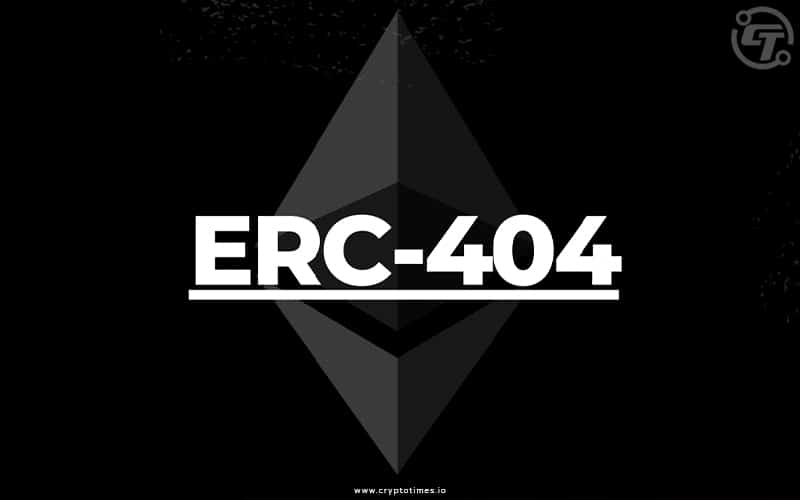On February 12th, crypto developers released an alternative implementation of the experimental ERC-404 token standard, DN-404. This rival version seeks to achieve the same capabilities as ERC-404 more efficiently.
The premise of ERC-404 was to create a single contract that could act as both a fungible and non-fungible token. However, the developers behind DN-404 argue that this introduces inefficiencies and breaks standards.
Instead, DN-404 uses two separate contracts: an ERC-20 token and a paired ERC-721 NFT. By splitting the functionalities, the developers claim potential issues can be reduced while retaining the core benefit of native NFT fractionalization.
“The result is that everything returns to the way it should be. The ERC-721 and ERC-20 contracts both exist and both function as standalone products, but under the hood, they run on shared 404 rails,” explained one of the pseudonymous developers.
The developers estimate that the modular approach of DN-404 could enable a 20% reduction in transaction fees associated with ERC-404. However, they caution that risks remain as the code is currently unaudited.
Unlike the ERC-404 launch, an actual implementation of the token-NFT hybrid has not yet occurred using DN-404. But given interest around 404, the developers decided to open-source their take for the community’s benefit.
ERC-404 was introduced on February 2nd by the Pandora team to much fanfare. By allowing NFT fractions to be freely split and merged, novel applications like NFT indexes, tokens with changing supplies, and dynamic NFTs become possible.
Also read: Ethereum Gas Fees Hit 8-Month High Amid ERC-404 Token Hype






